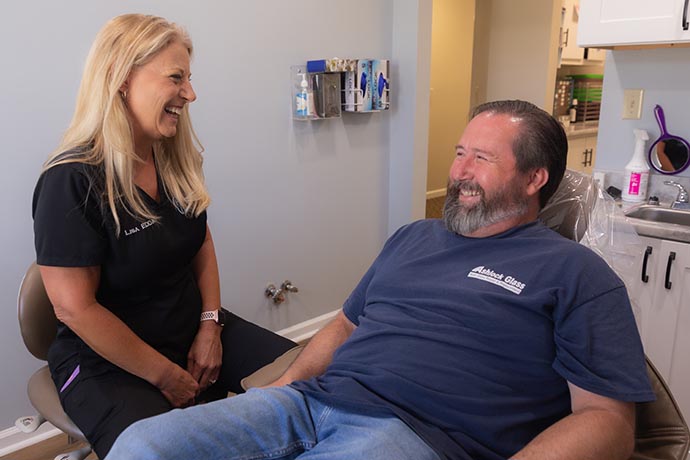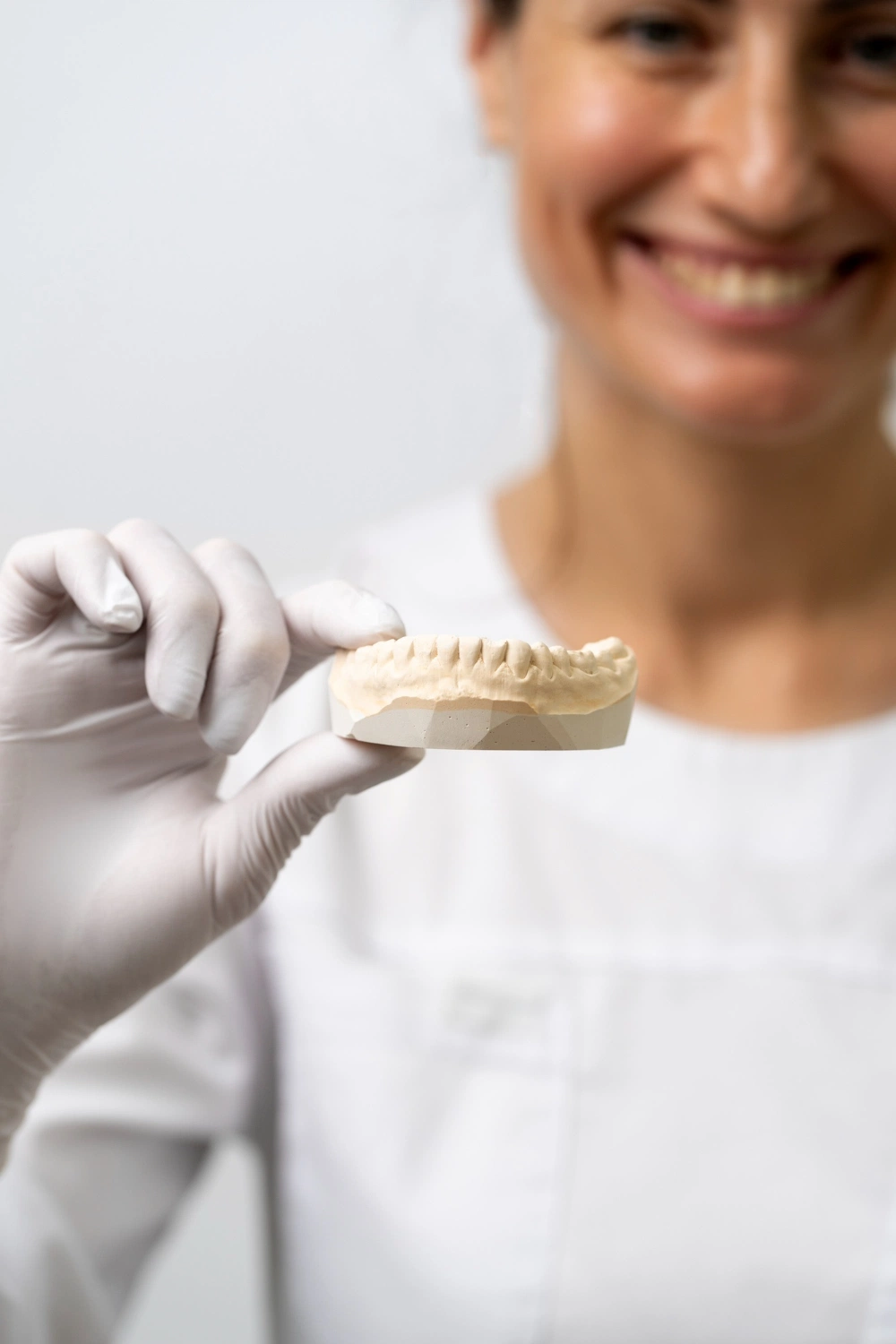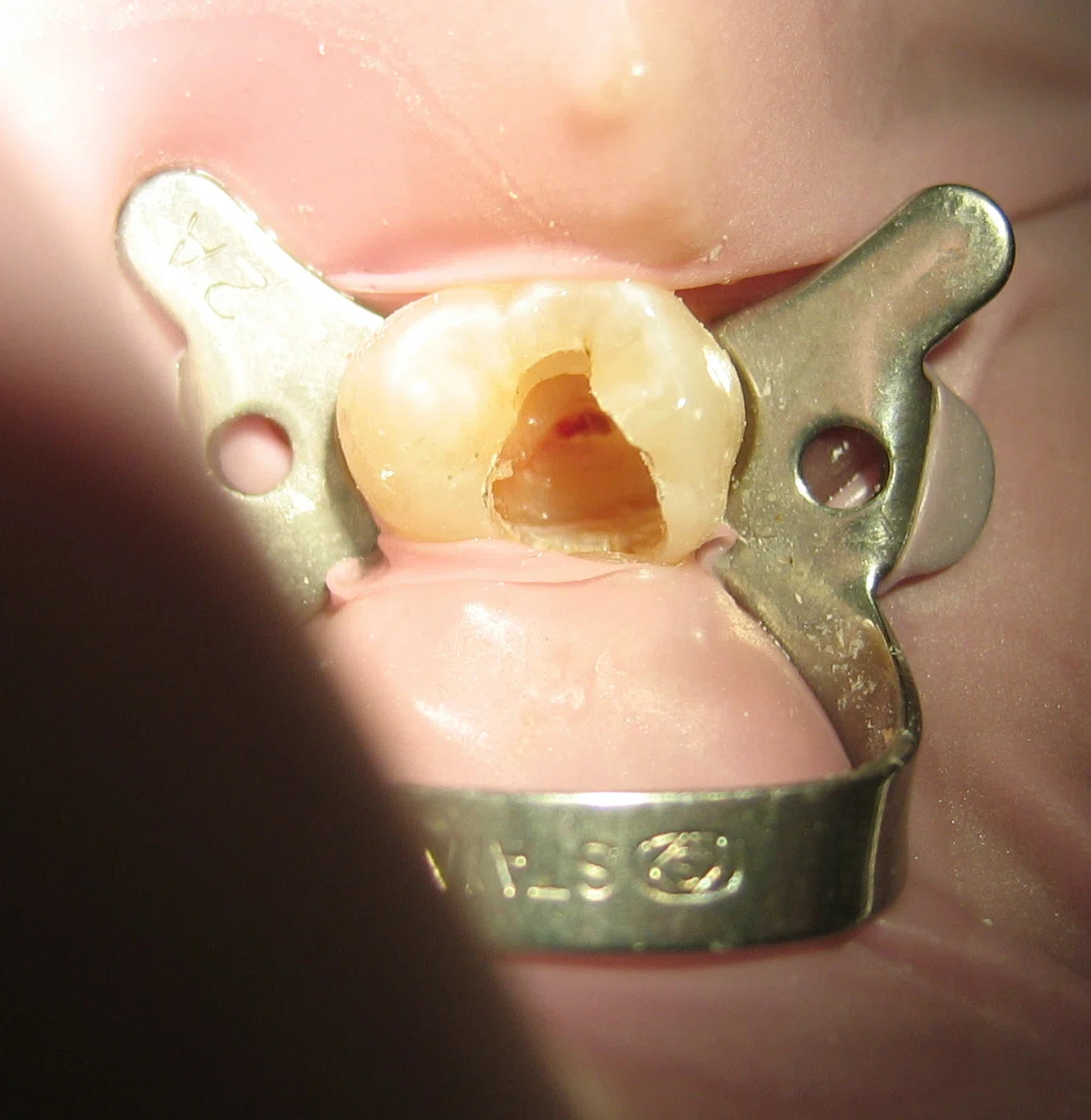It’s difficult to ignore a toothache. The pain can interfere with your ability to eat what you want, and it can become a distraction during everyday activities. You can resolve this problem with root canals in Elizabethtown, KY. This treatment can:

Alleviate your pain

Save your natural tooth

Prevent infection from spreading

Allow you to bite and chew again

Restore your healthy smile
Stop your suffering as soon as possible! Ease your feelings of distress by making an appointment at Harvey and Nichols Family Dentistry for restorative care. Call either location today at 270-544-0843 (Lakewood) or 502-348-2589 (Lincoln Trail) to make an appointment. If you’re in pain, we’ll do our best to offer you a same-day appointment. Let us help you feel better fast.


Ideally, you will keep all of your teeth for life. When you encounter dental problems, it is important to get the restorative treatment that is right for your situation. For a tooth infection, that means getting root canal therapy. The only other option is extracting the tooth. If you do that, you will also need a replacement tooth to restore complete oral function.
We know that many people have dental anxiety about this procedure. With modern techniques, there is no need to feel nervous. Here is what you can expect:
We will numb the affected area and provide sedation, if you’d like, to keep you pain-free.
Next, we remove the infected tissue from the inside of your tooth.
We thoroughly clean and disinfect your tooth’s interior.
We fill the tooth with a special material that reinforces it.
Finally, we cap your tooth (usually with a crown) to restore its appearance and function.

Teeth can become infected for a variety of reasons including untreated cavities, dental injuries, gum disease, and cracks or breaks in teeth. Anything that creates an opening in the tooth can allow bacteria to get to the pulp inside. If this happens, the pulp can become inflamed. This puts pressure on the blood vessels and nerves on the inside of your tooth and can lead to a painful toothache. You need to address the problem before it spreads and puts more of your teeth at risk.
The best way to avoid the need for root canal treatment is by taking good care of your teeth:

Brush and floss daily

Make regular dental cleanings and exams part of your oral care routine

Wear a mouthguard when playing sports to prevent dental injuries

Get a mouthguard if you grind your teeth
Whether you need root canals in Elizabethtown, KY or you are hoping to avoid them with proactive care, you have a good reason to visit Harvey and Nichols Family Dentistry.
Call either location today at 270-544-0843 (Lakewood) or 502-348-2589 (Lincoln Trail) or schedule online to make your appointment.
"This dental office is not only compromised of knowledgeable professionals, but they're also a very friendly group of people. From this office's early days of just Dr Harvey, and Susan, his trusty hygienist, to its growth into the impressive office it's become with 3 dentists, several hygienists and a large, capable team to support them. / was in caring, capable hands when I first entered this office 15 years ago, ..."
"This is one of the best places I have ever been to have dental work. The staff (Dr. Nichols's, Tasha, Andrea, Beverley and more) I highly recommend it. I had a root canal crack from a previous place and the team there went right to work on how it fit me best to fix it. In the end I got a new bridge. I have also had two cleaning ..."
"I had an excellent experience. In fact, I have an excellent experience every time / visit Dr. Nichols. The staff is fantastic and the culture is excellent. Typically, we accept dreading the dentist as part of life, but you don't have to when you go to Dr. Nichols! I would definitely recommend checking them out!"

If the pulp inside your tooth becomes infected, you’ll need to have a root canal or remove the tooth. Otherwise, the infection can worsen and spread to your jaw and even elsewhere in your body, causing potentially serious health issues. You’ll recover more easily from a root canal than an extraction, and it keeps your tooth structure in place.
Pain is a common concern, but the reality is that modern root canals can be done with little or no pain. In fact, root canals are performed to spare you from the pain of a tooth infection. When you come in for a root canal procedure, one of the first things we do is numb your mouth using local anesthetic. You also can relax and help block pain with one of our dental sedation options.
You can see your dentist here at Harvey and Nichols Family Dentistry for any of your restorative needs, including root canal therapy. Many patients experience less anxiety having a root canal – or any other procedure – performed by a dentist they know in familiar surroundings rather than visiting a specialist. If you have a painful toothache, don’t put off calling our office!
Powered by Hughes Web Designs